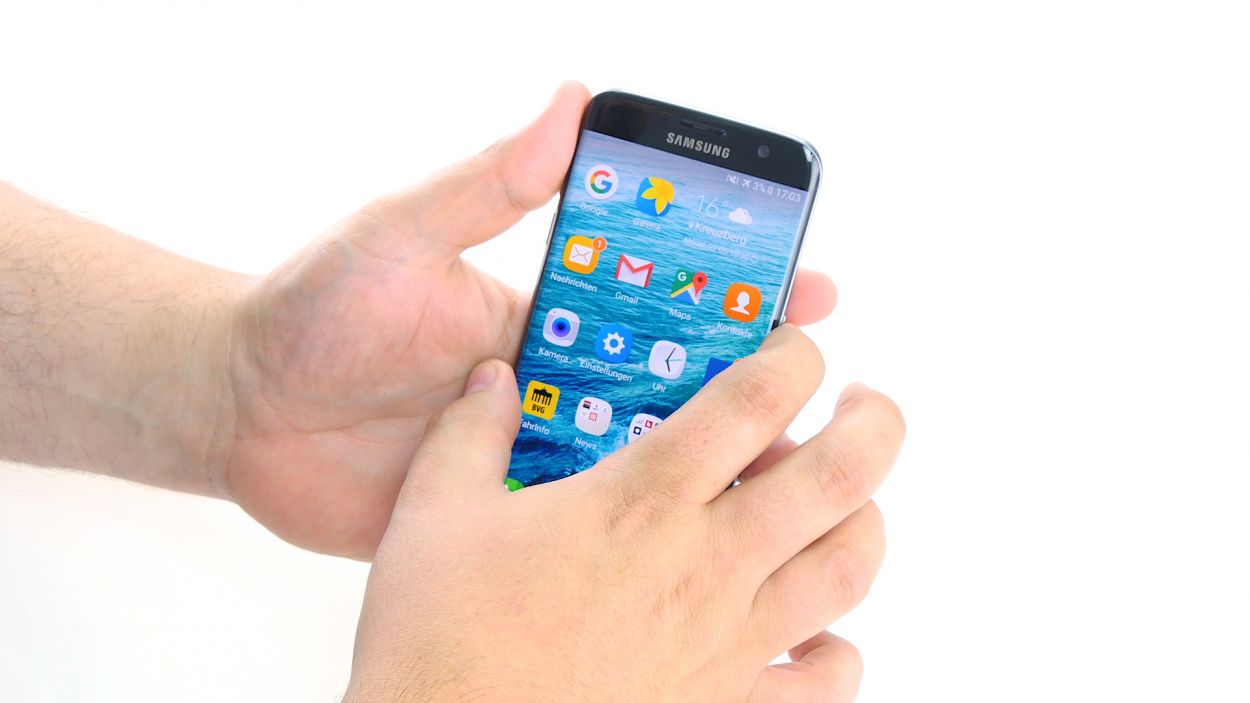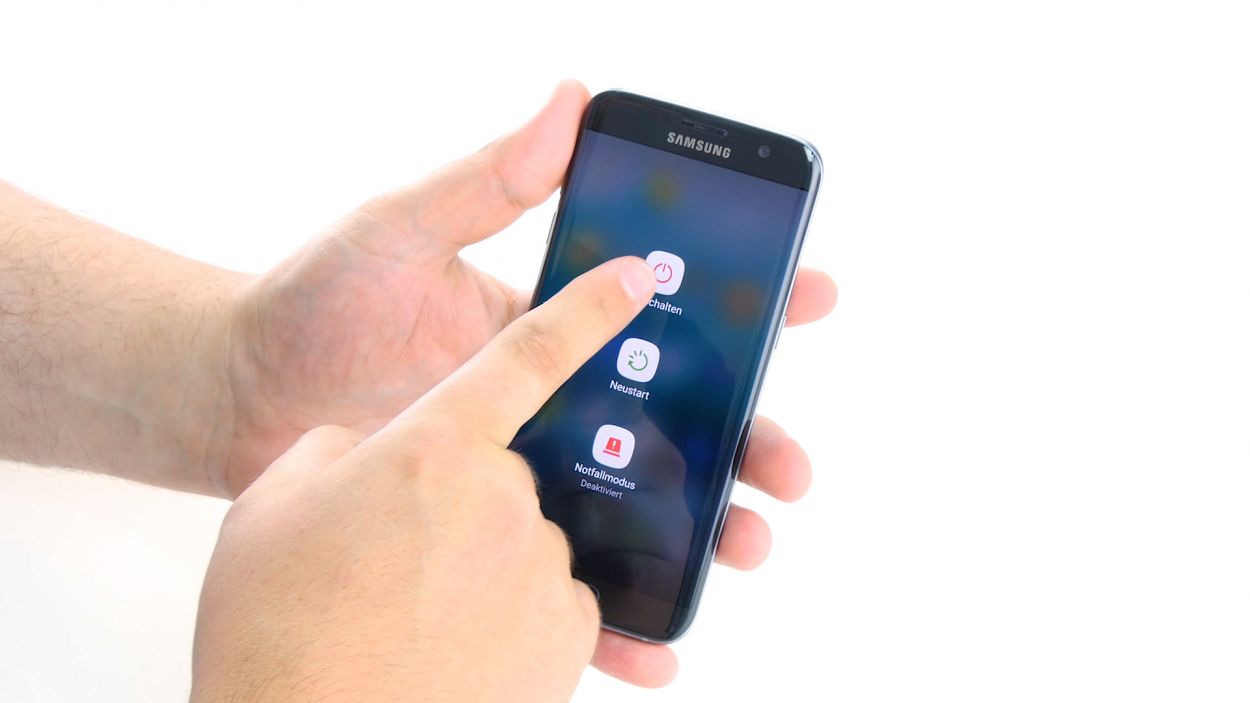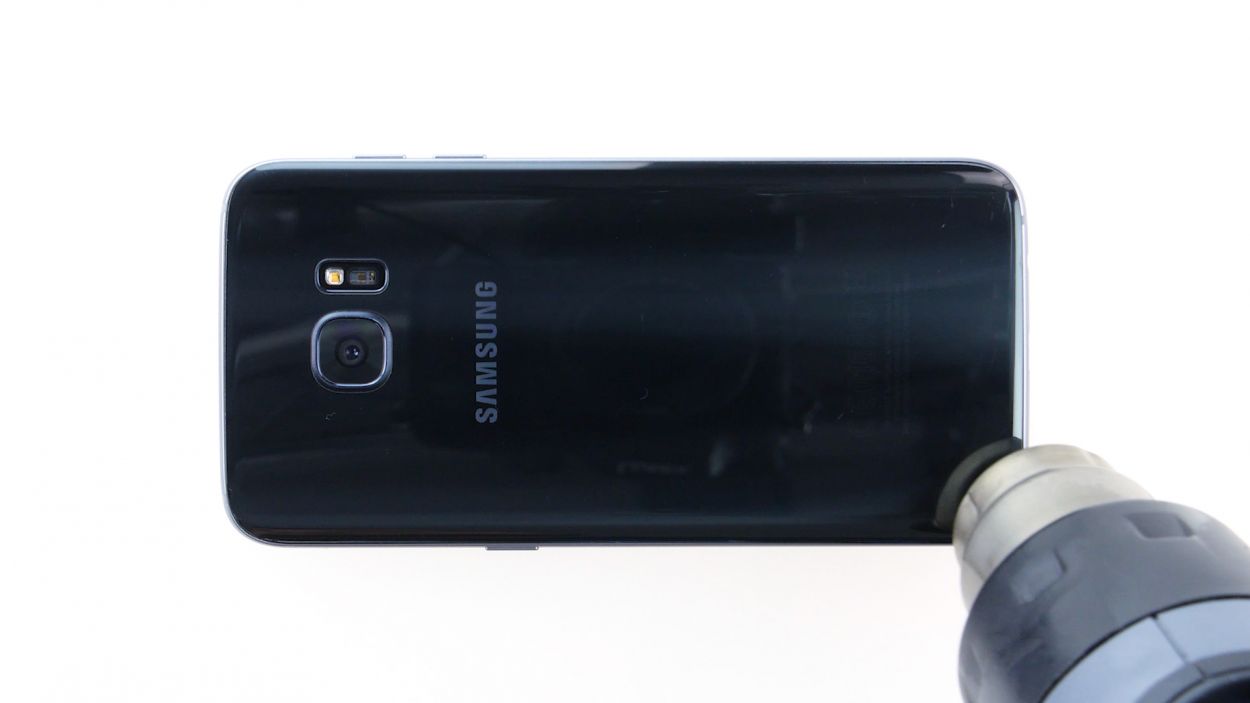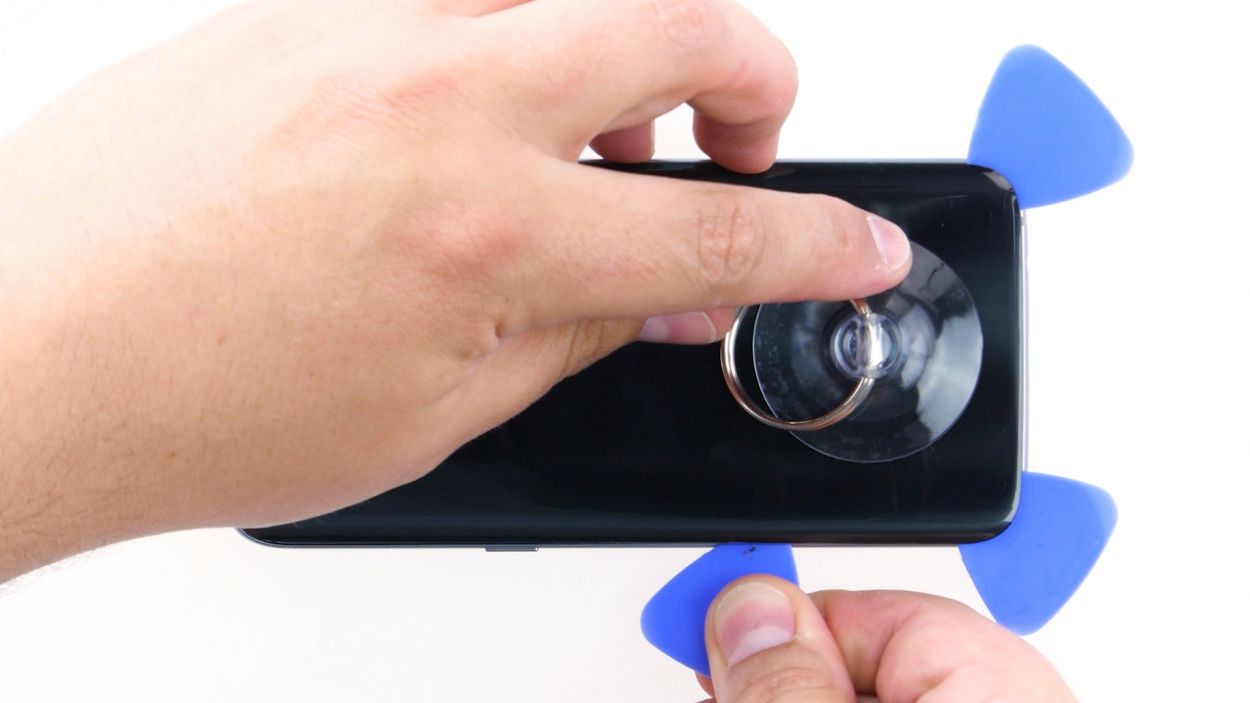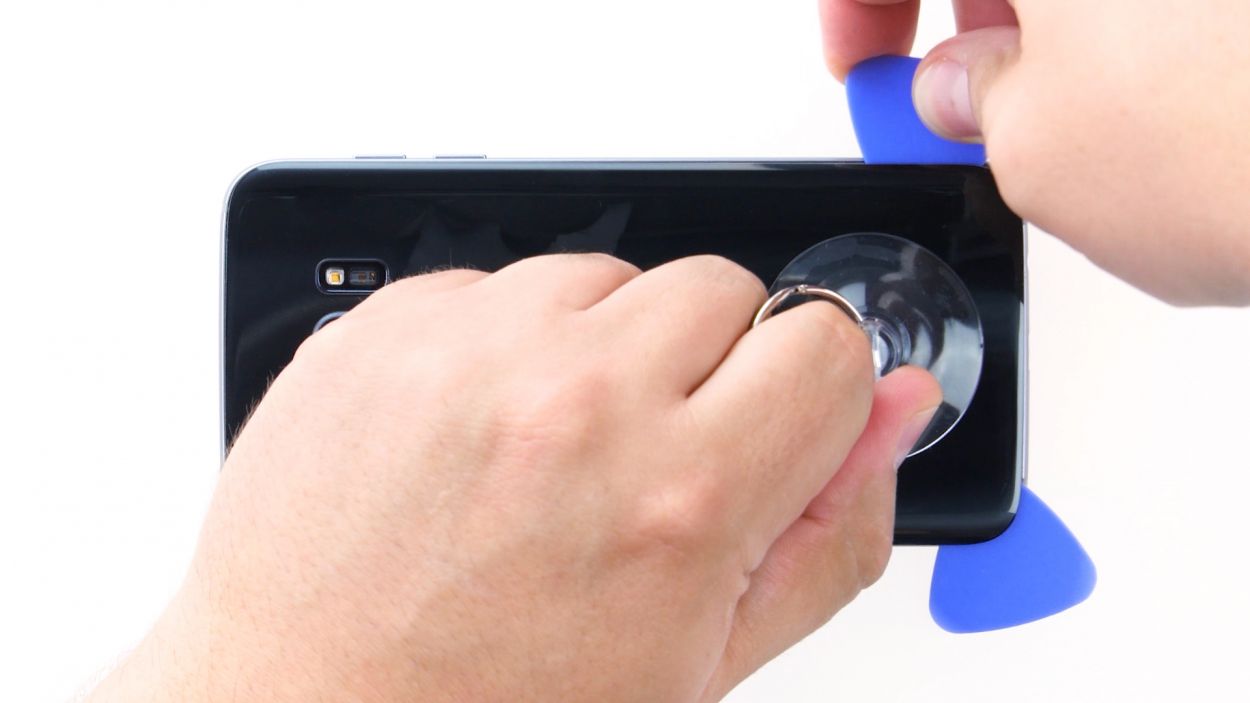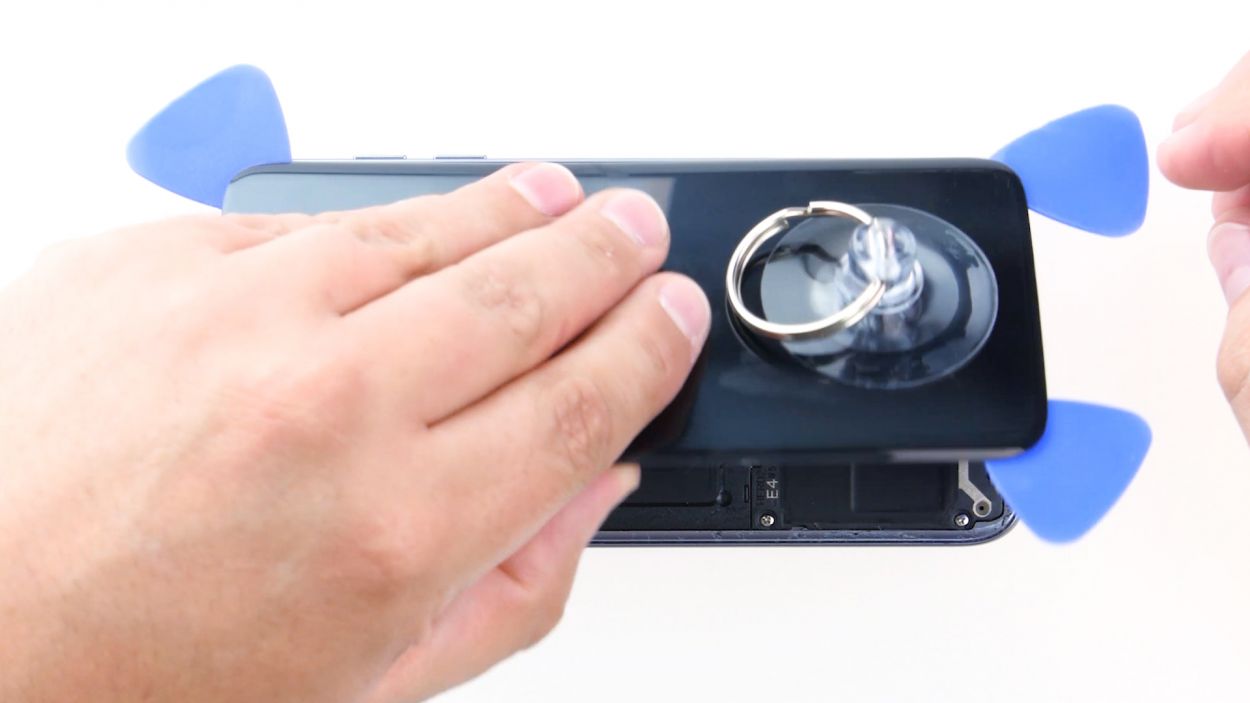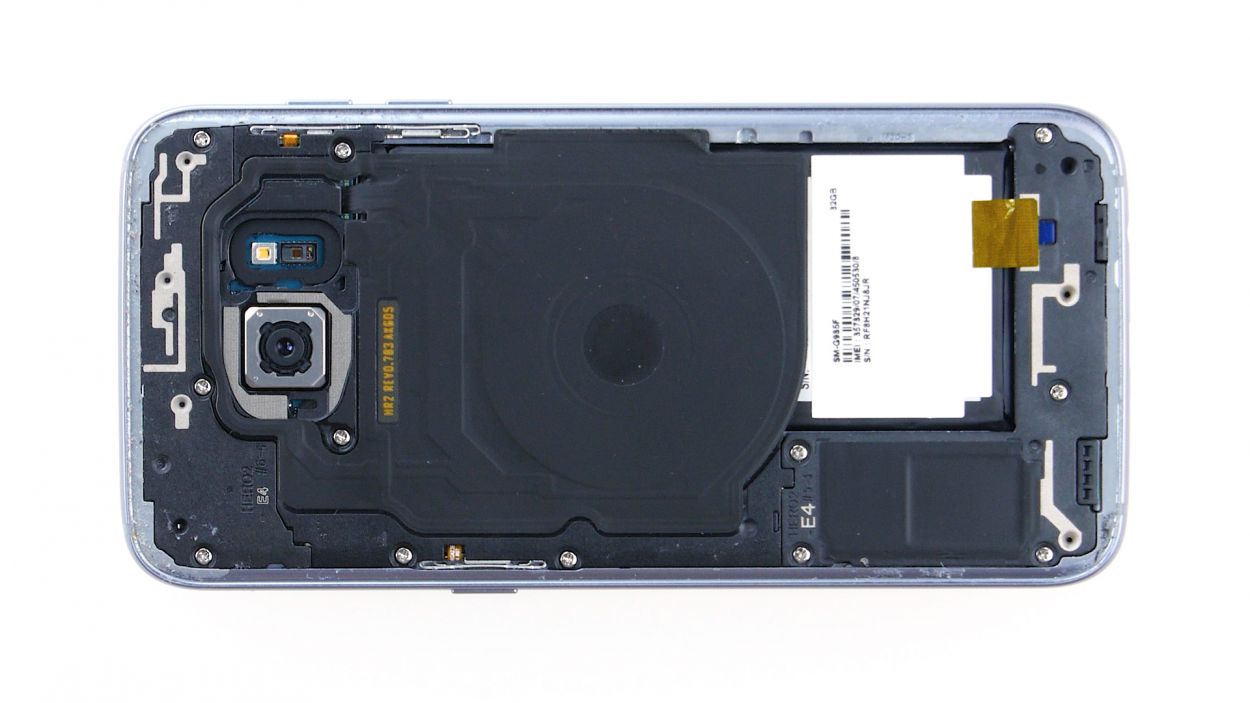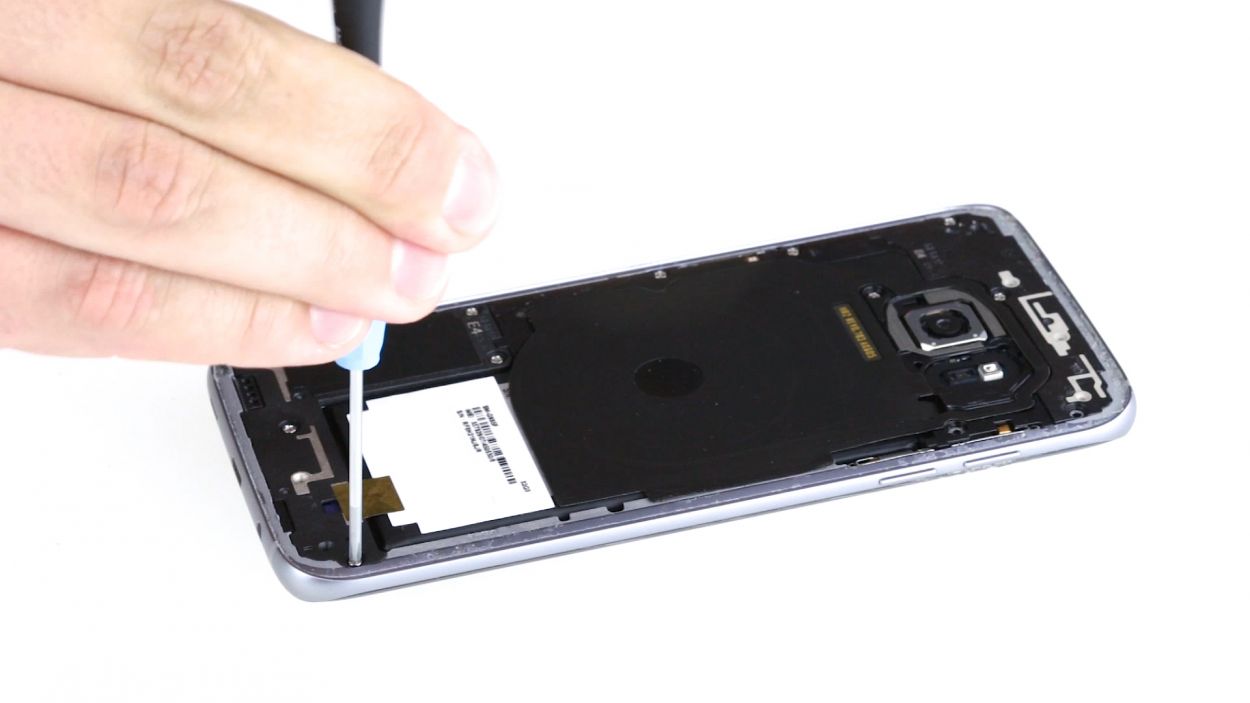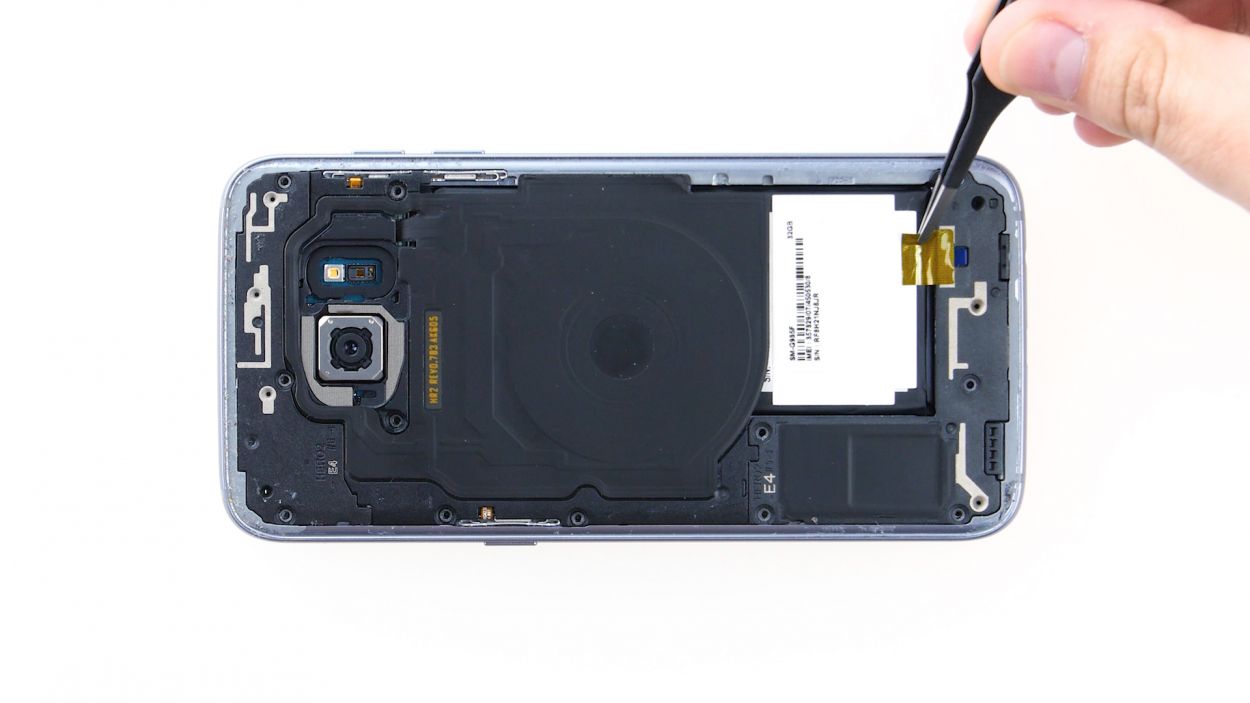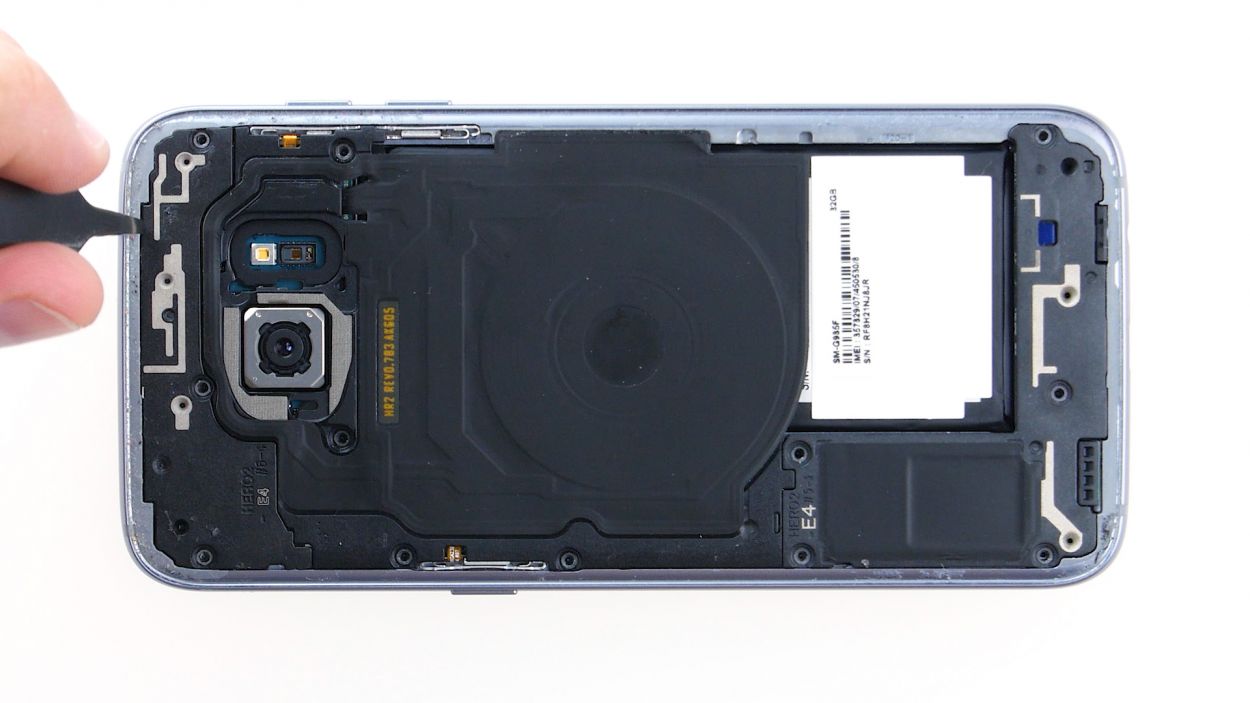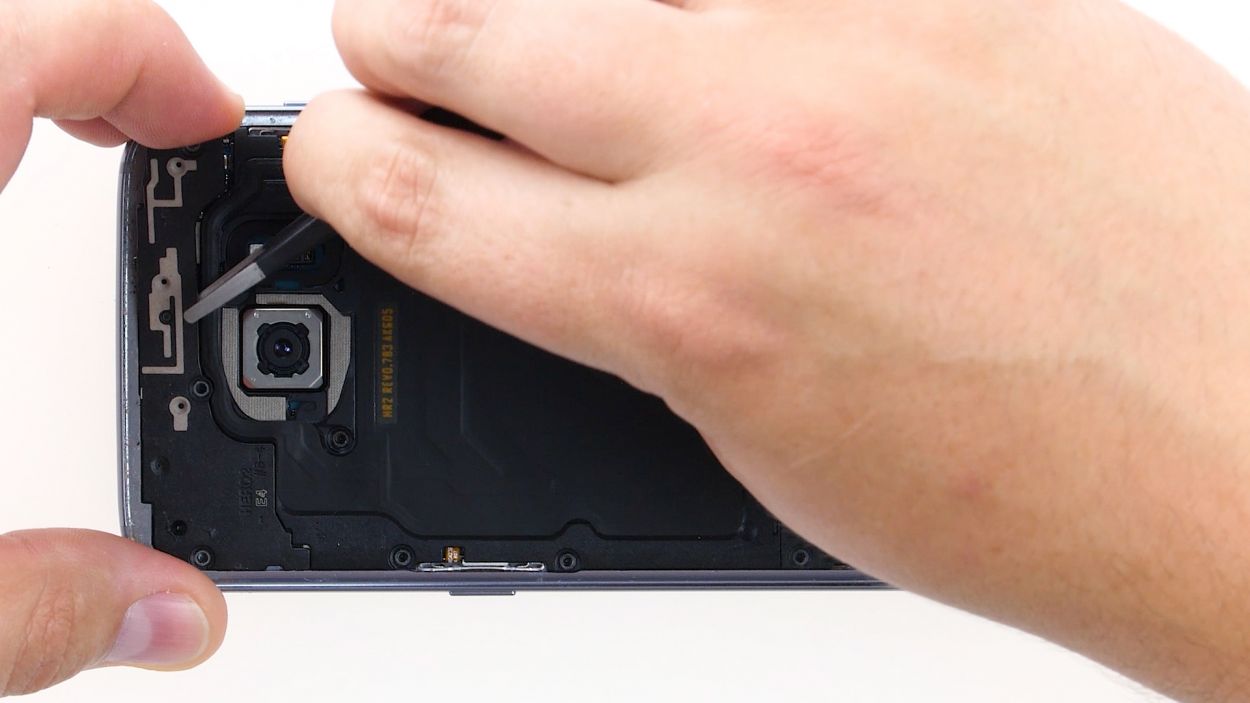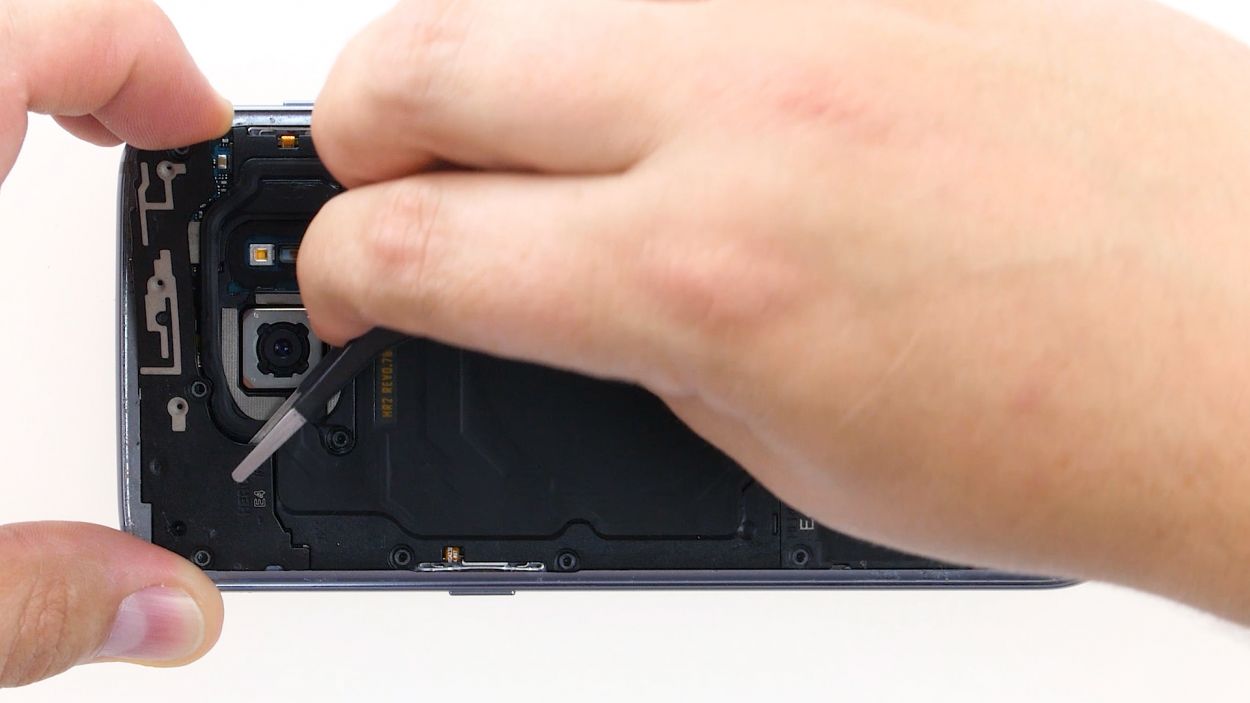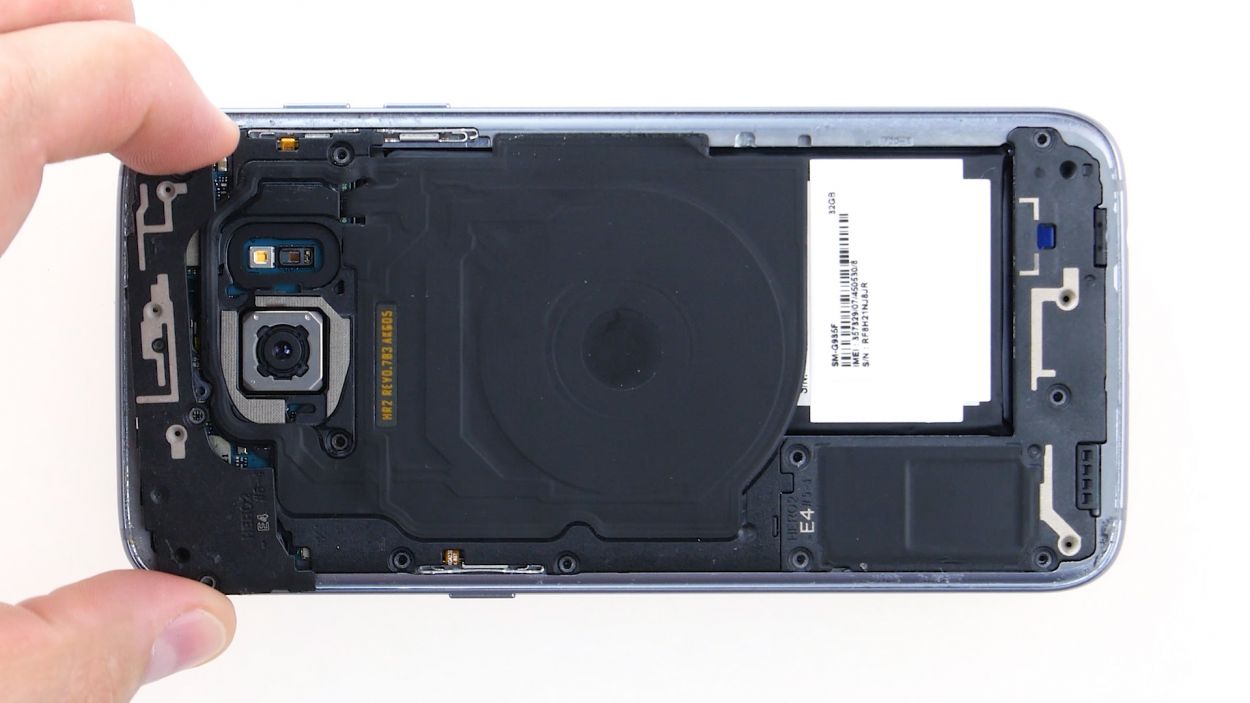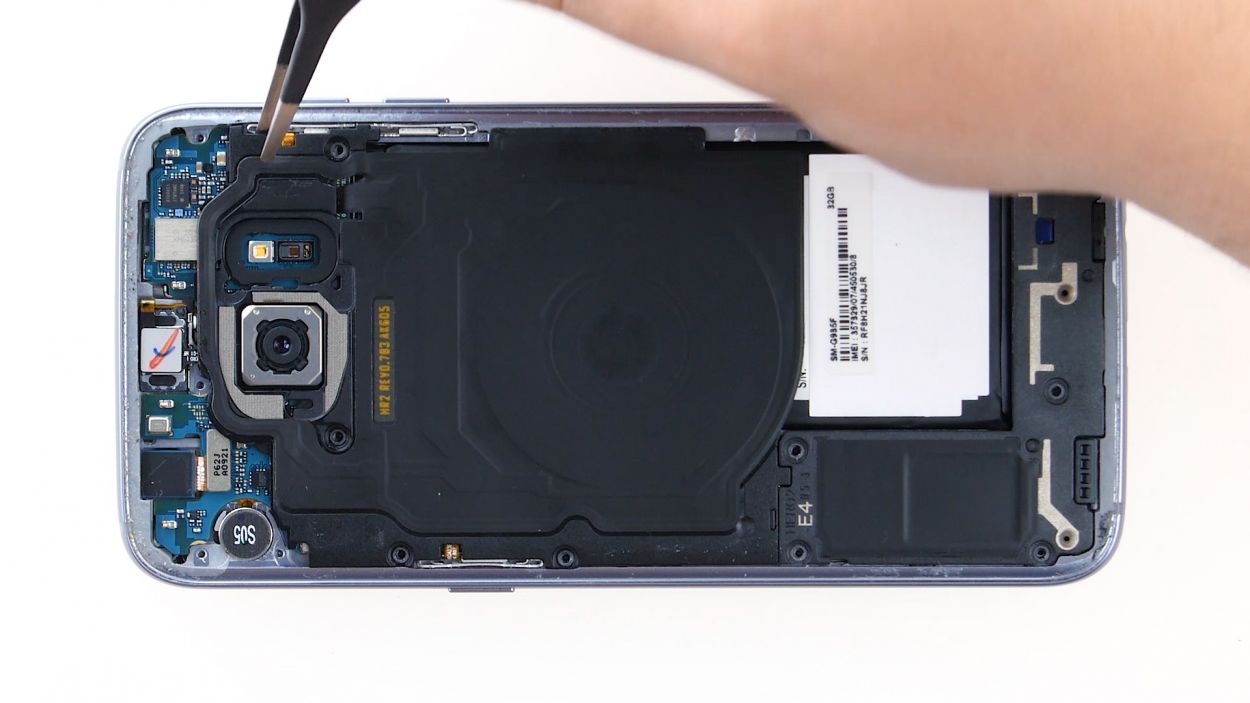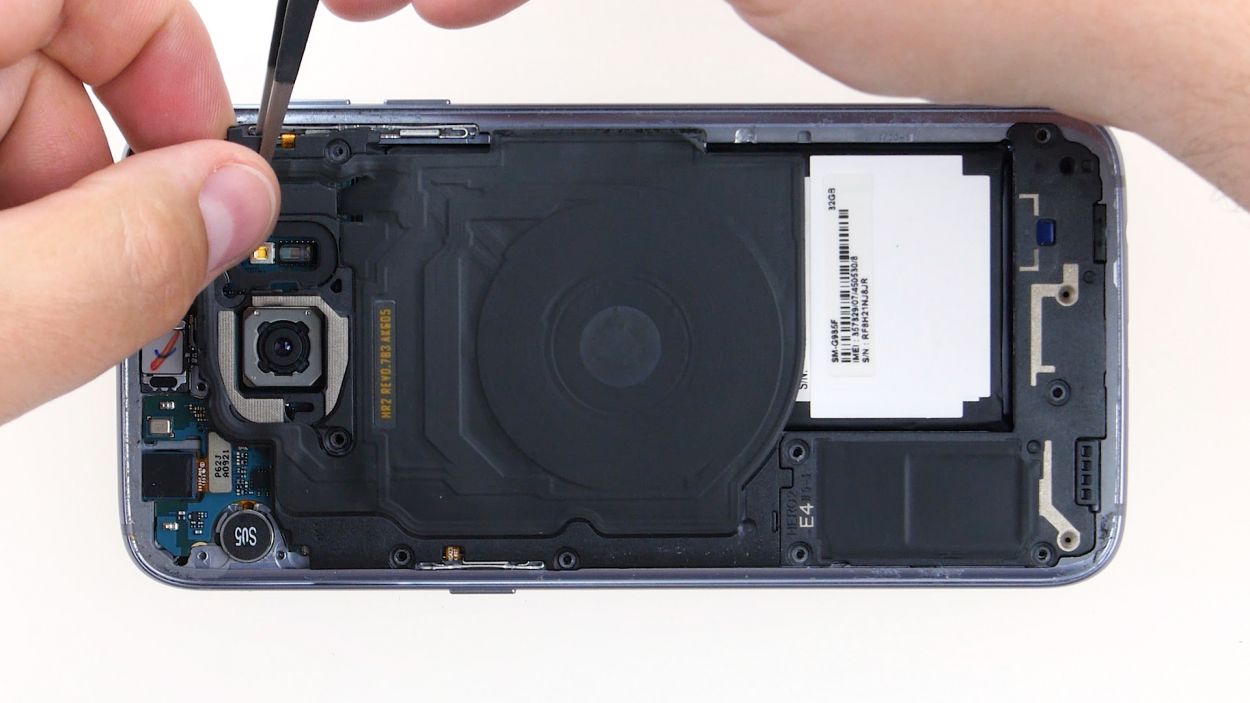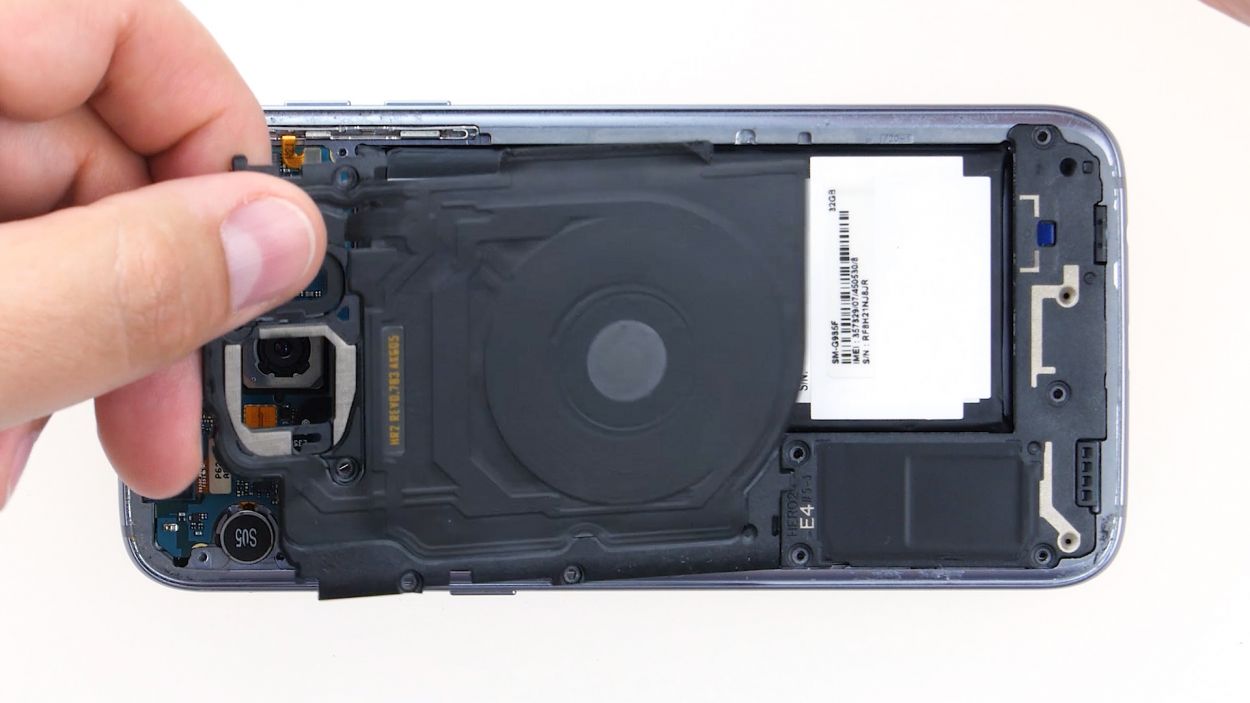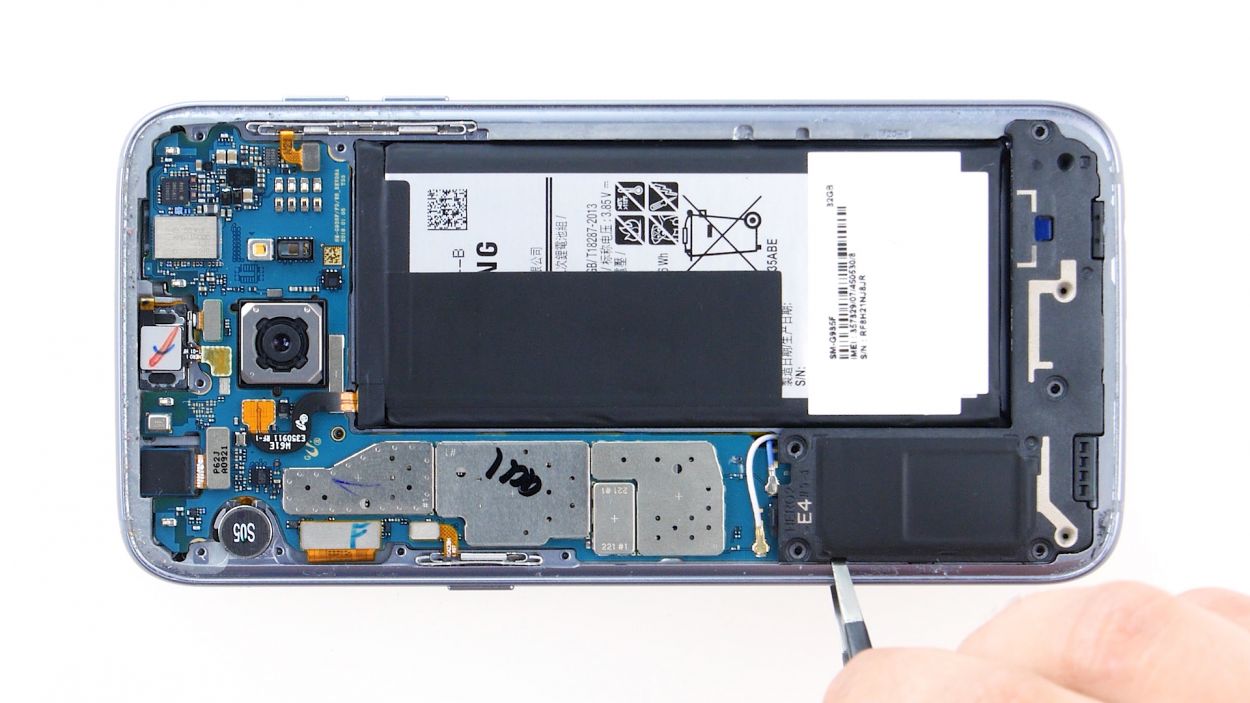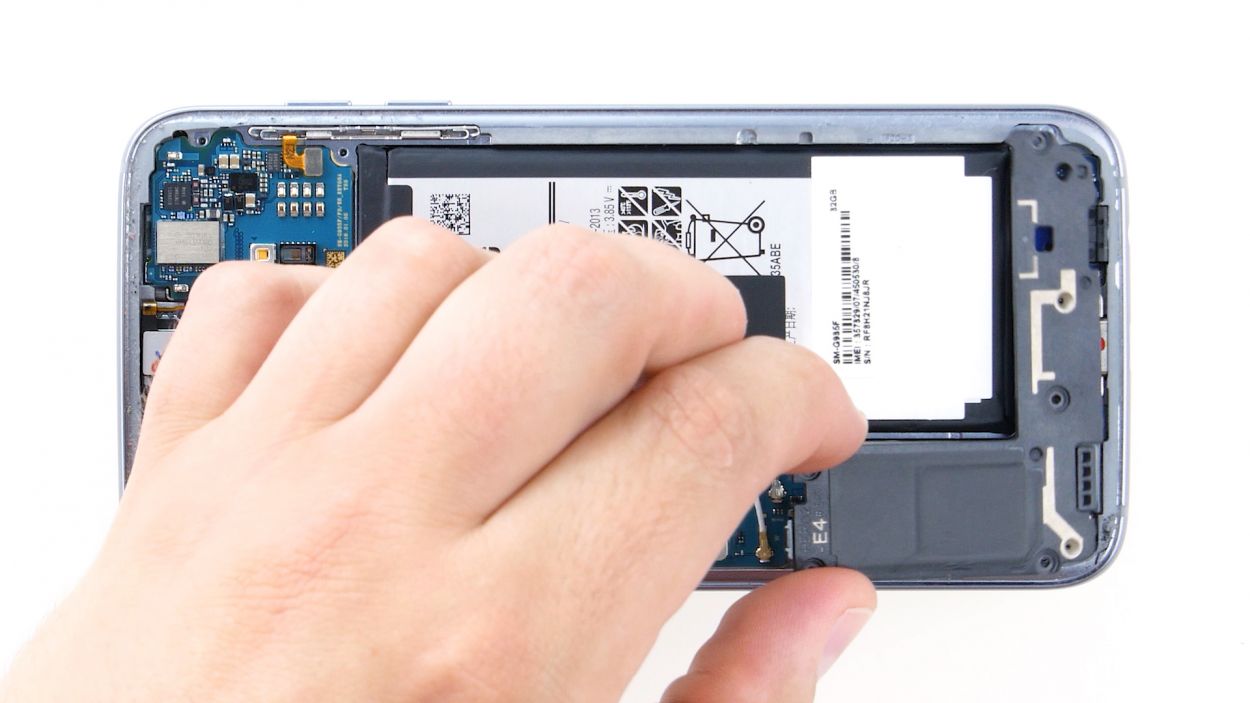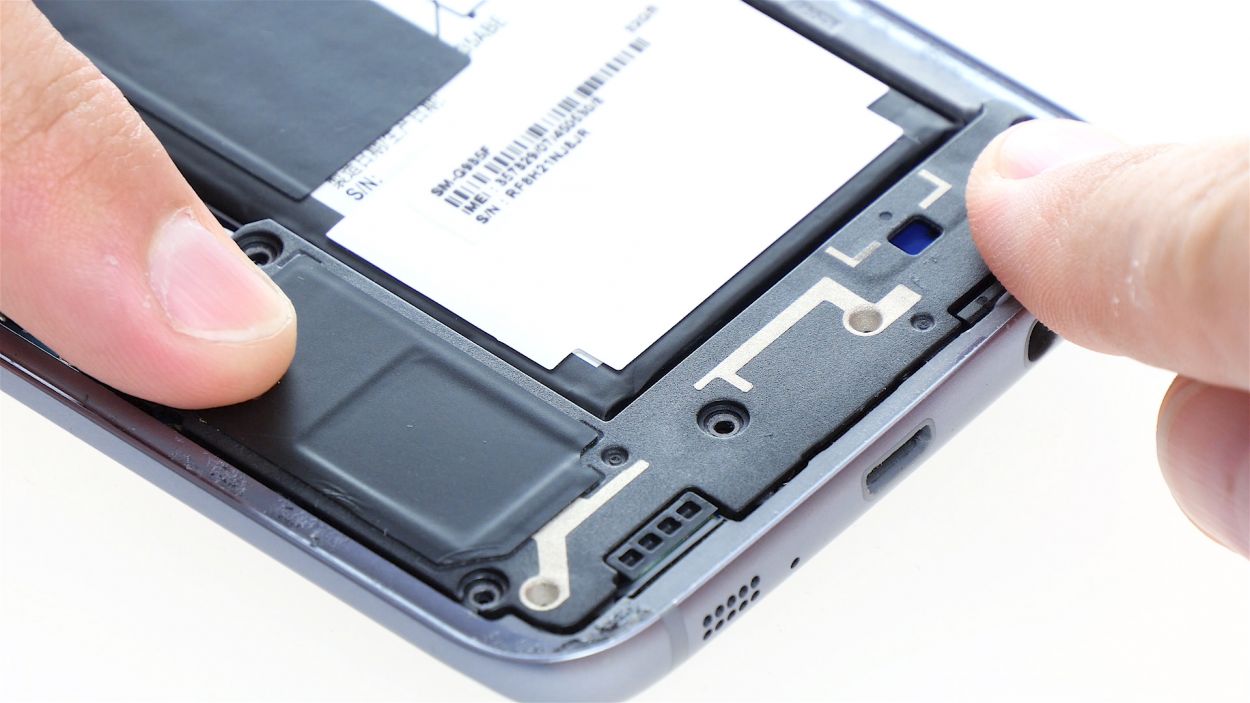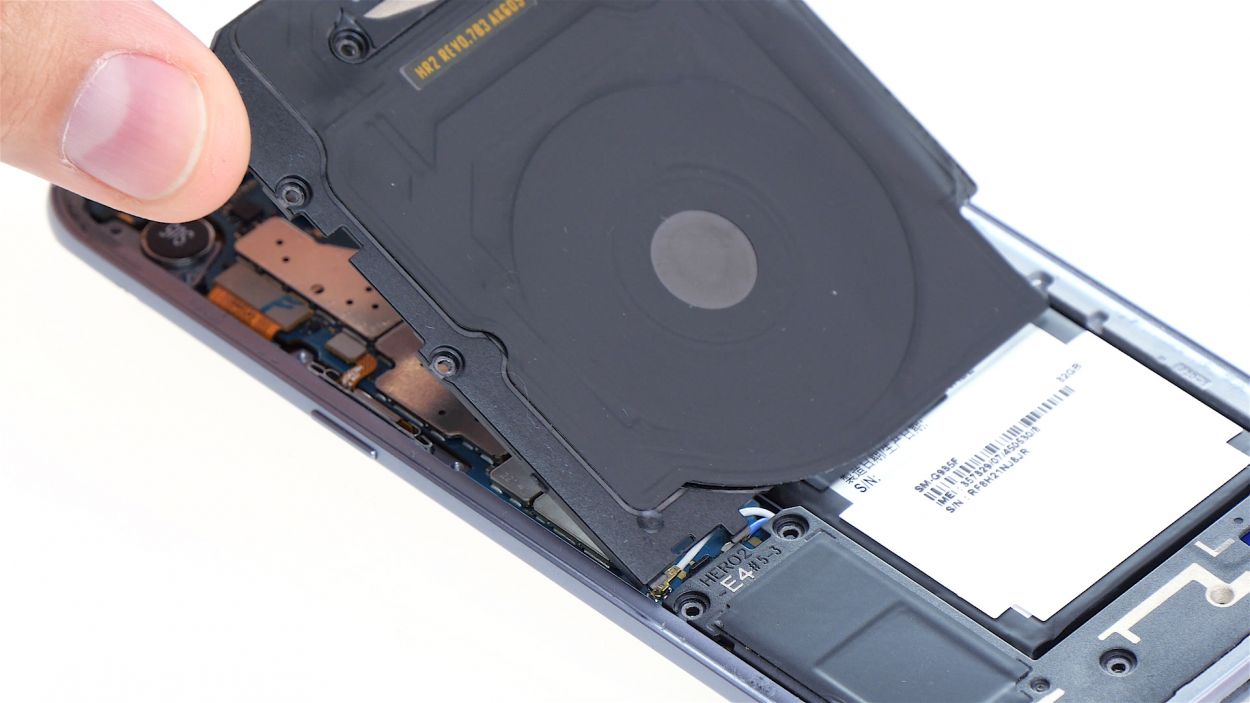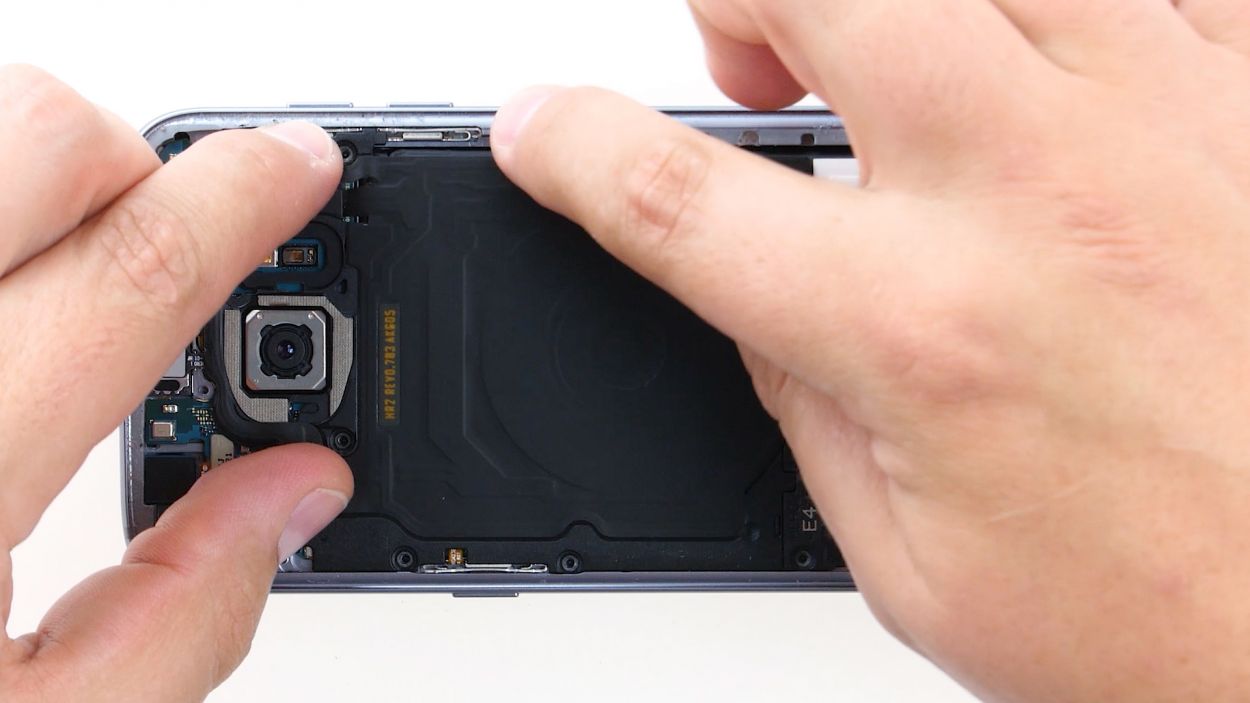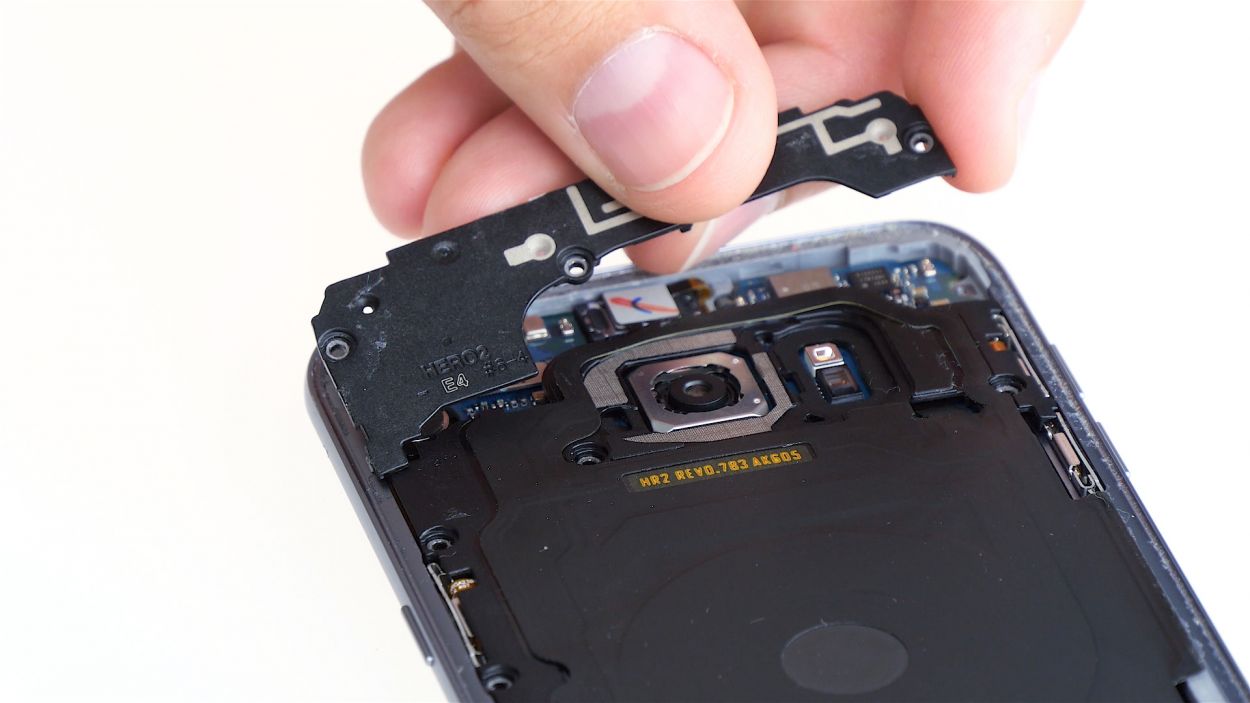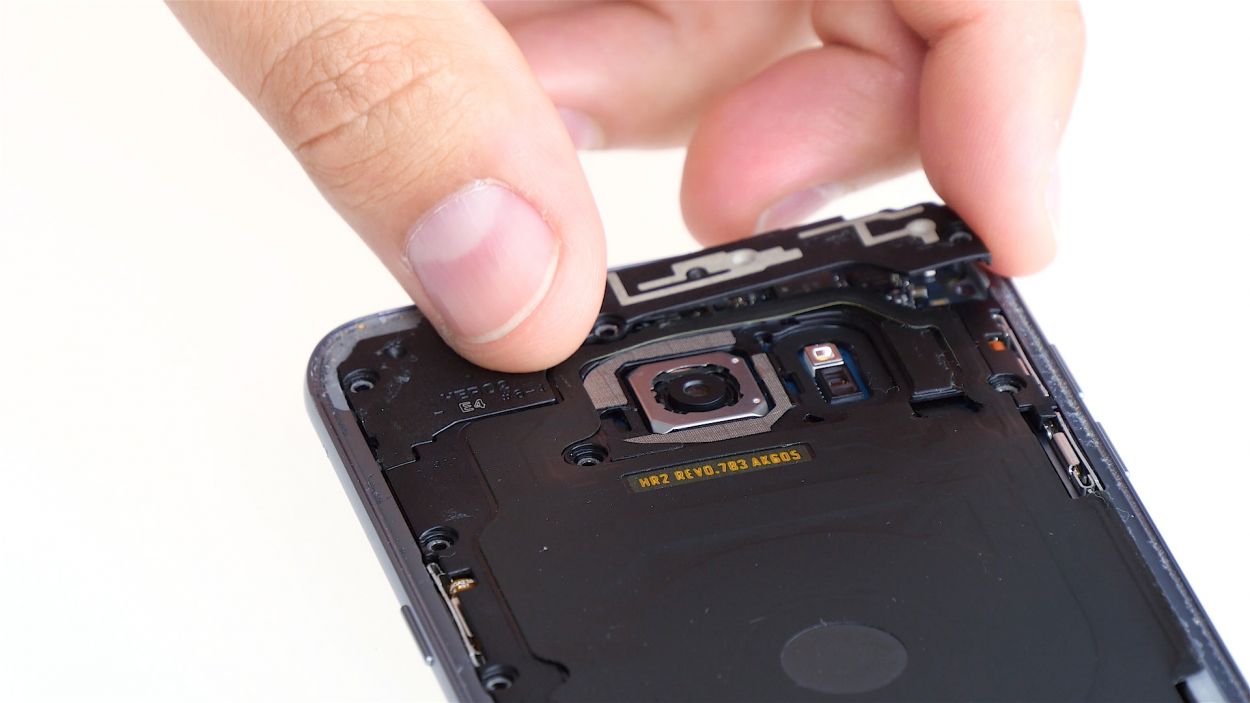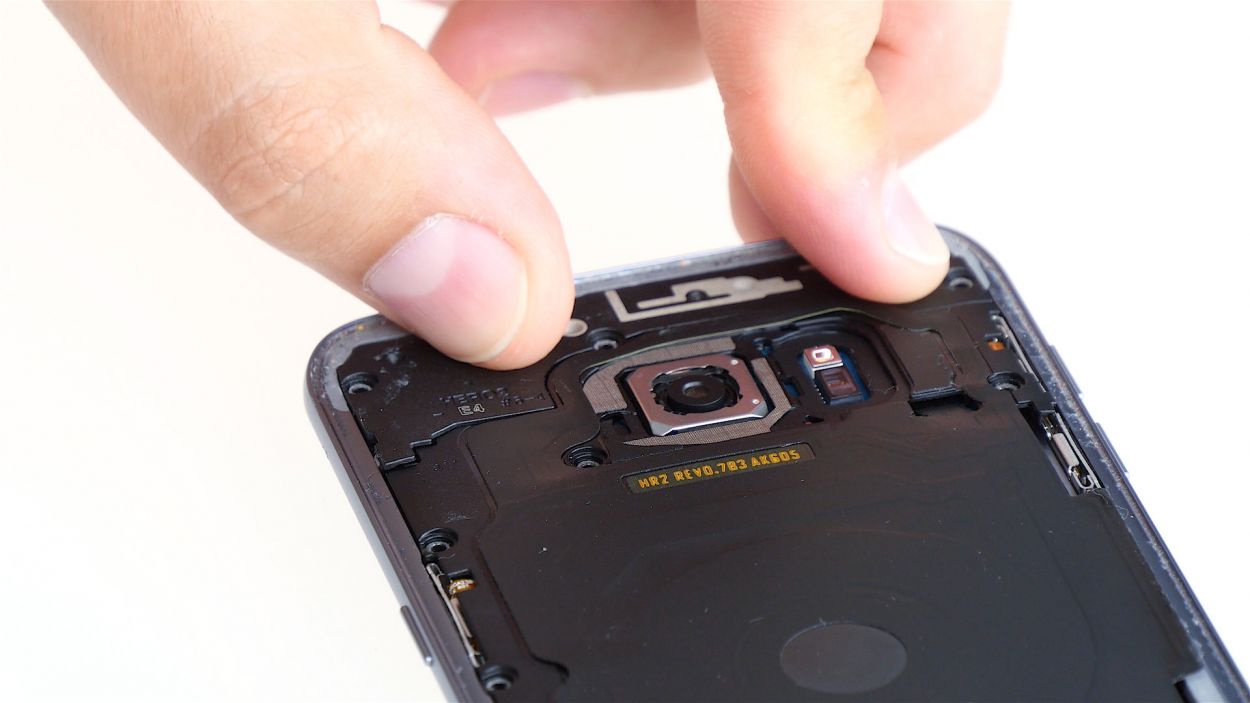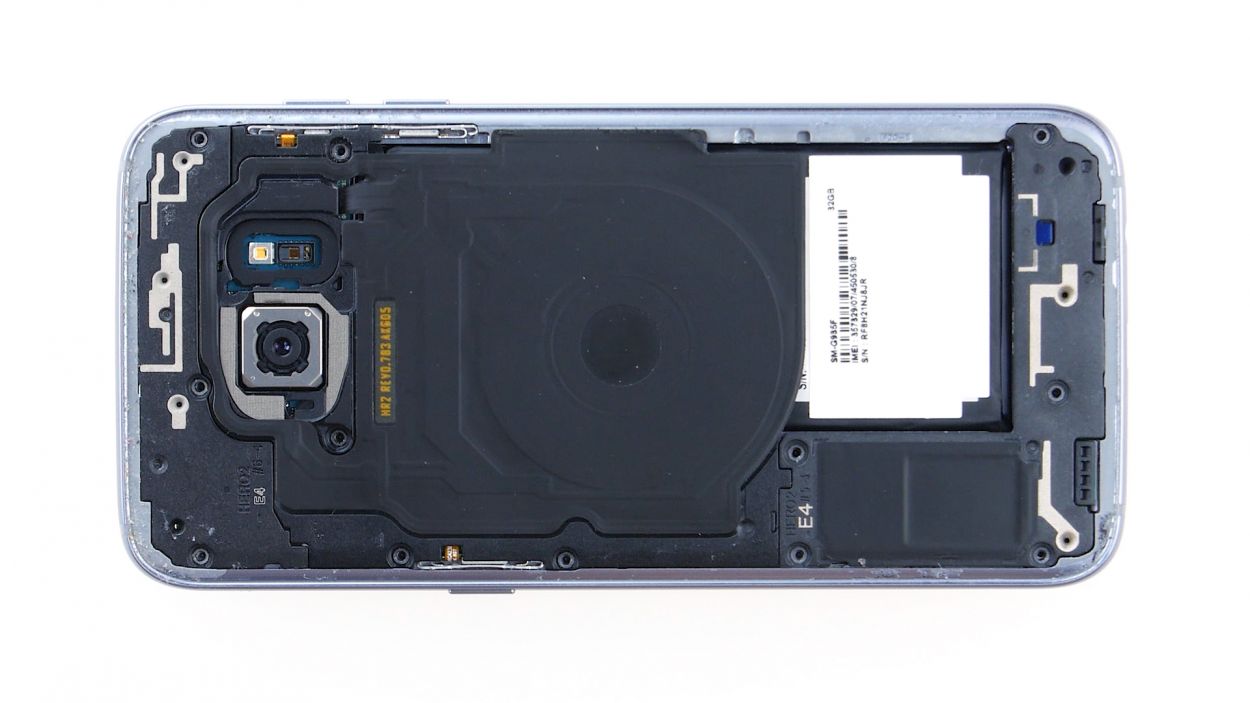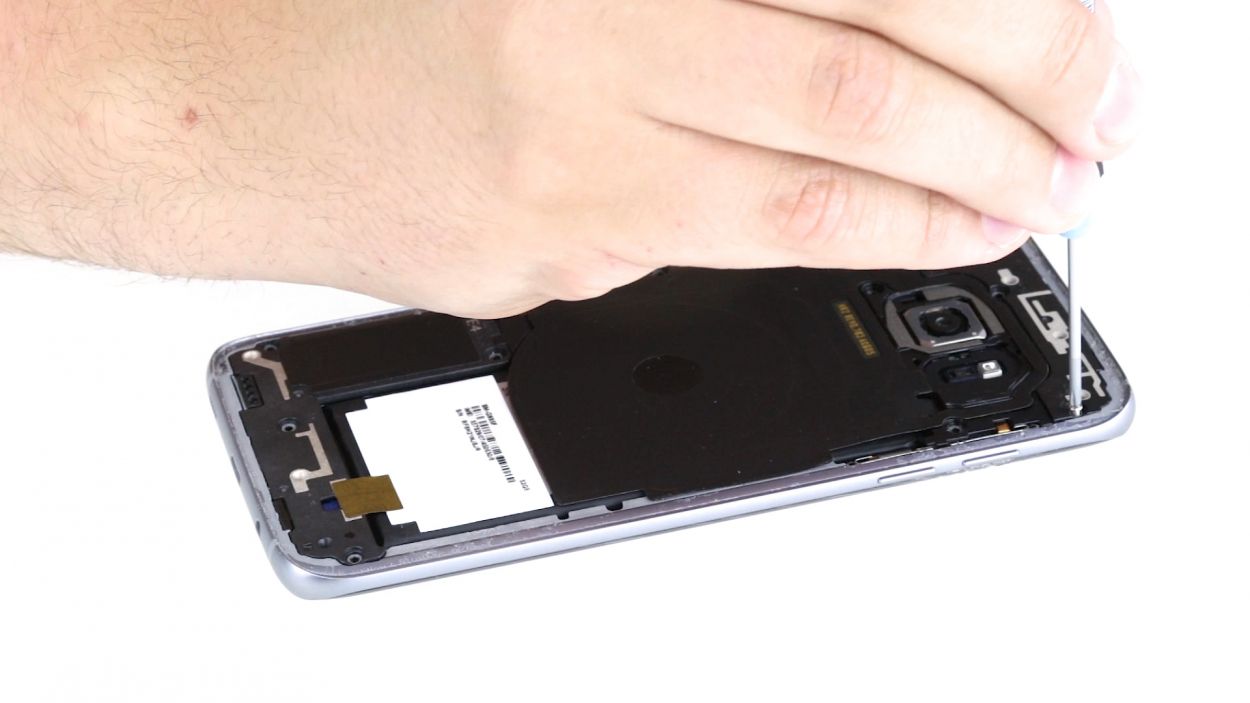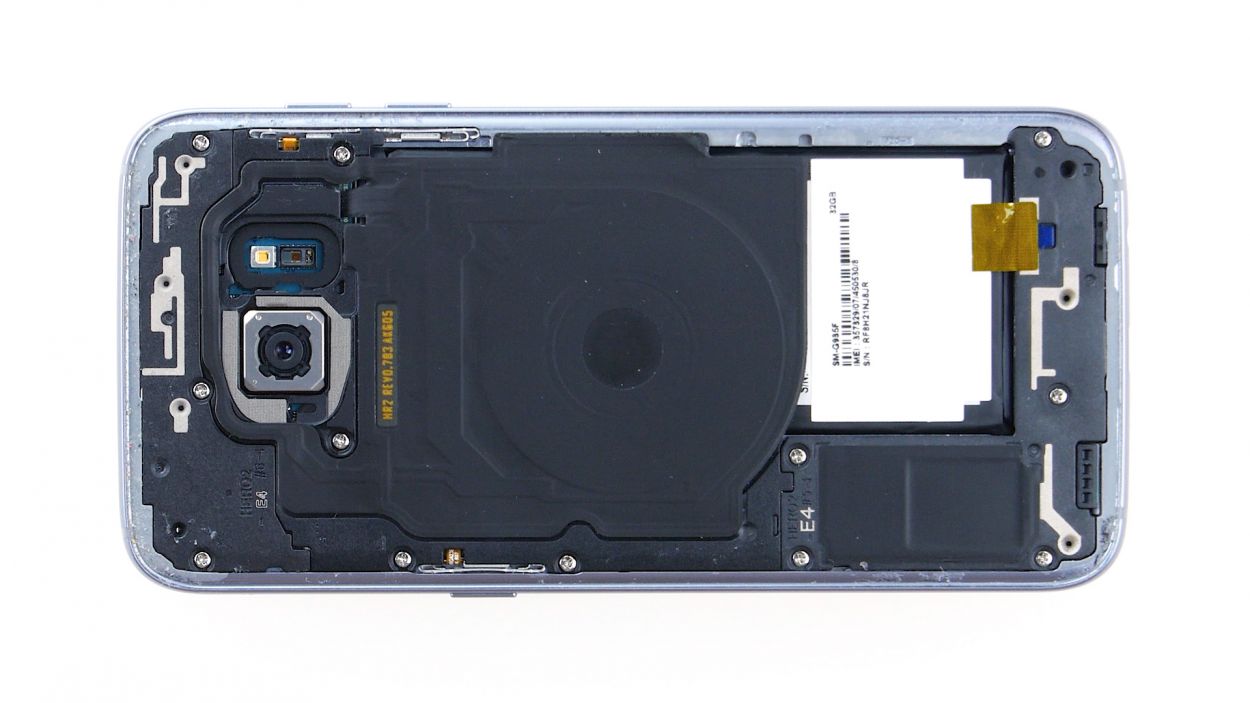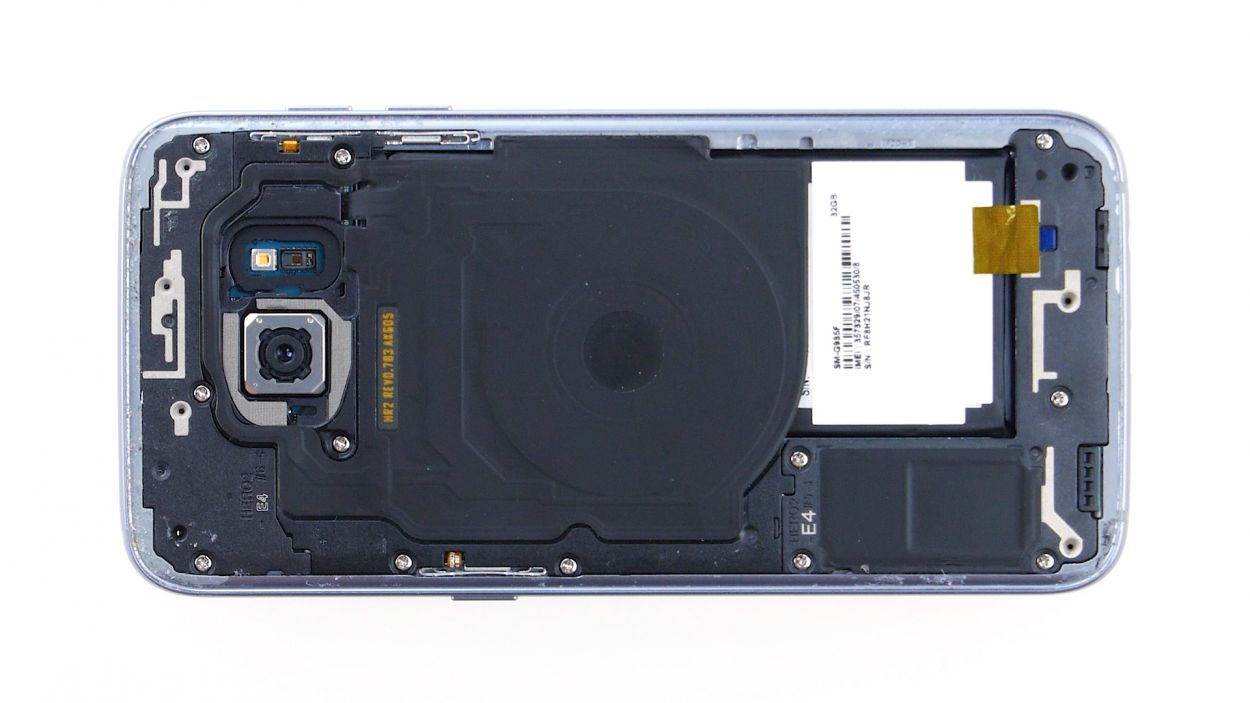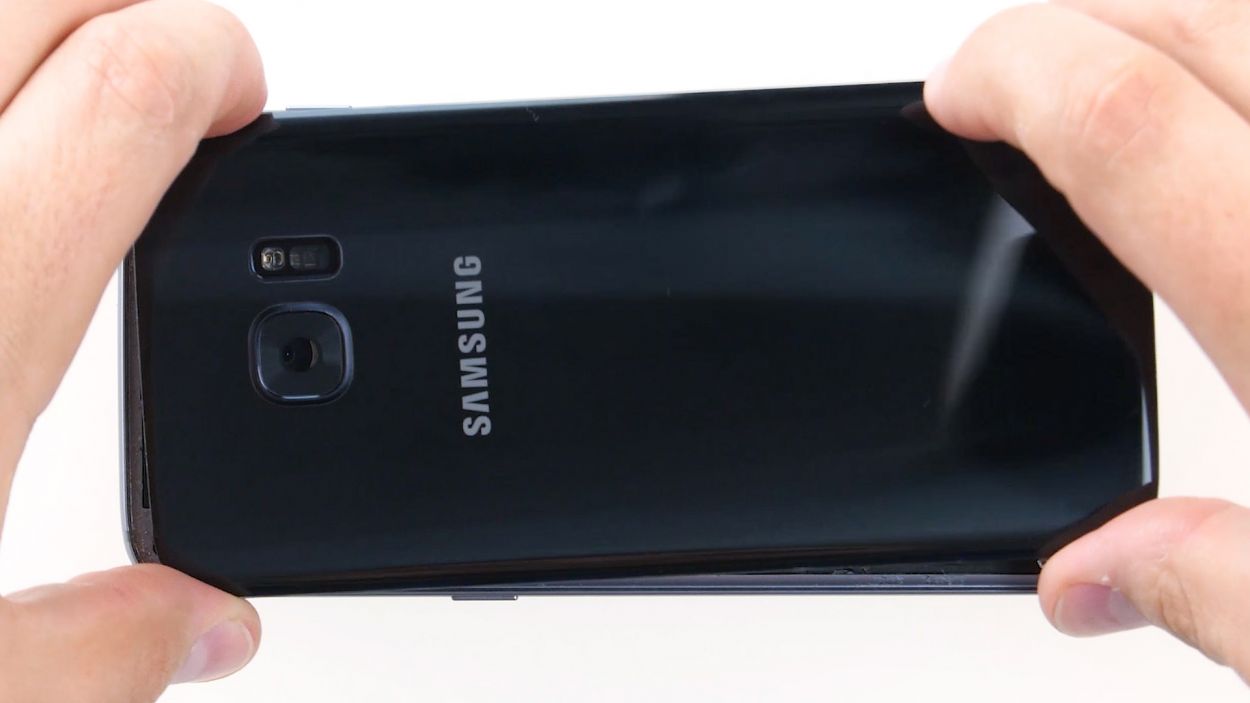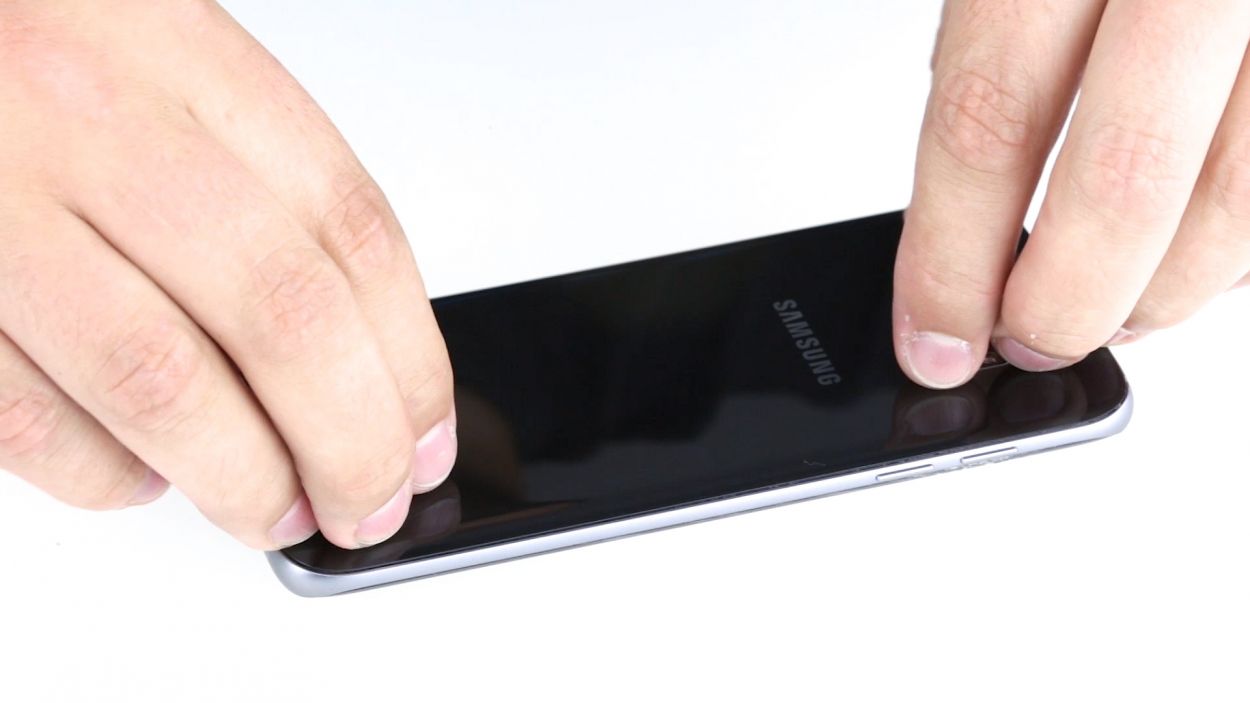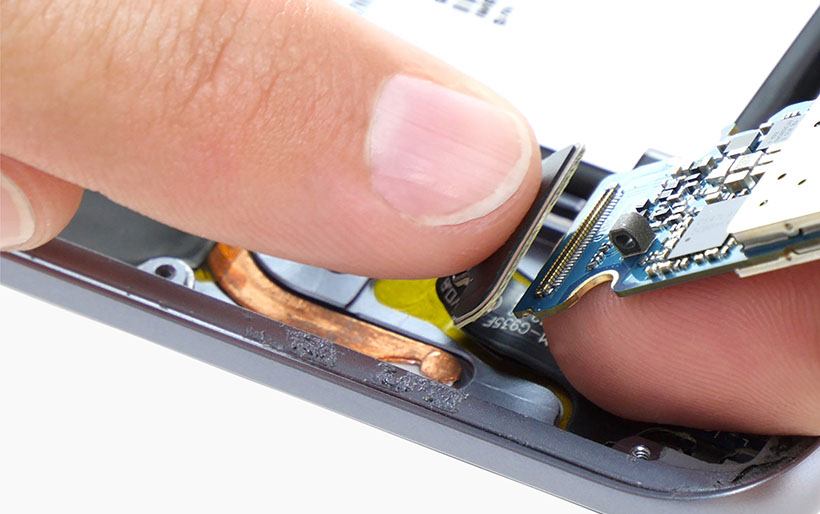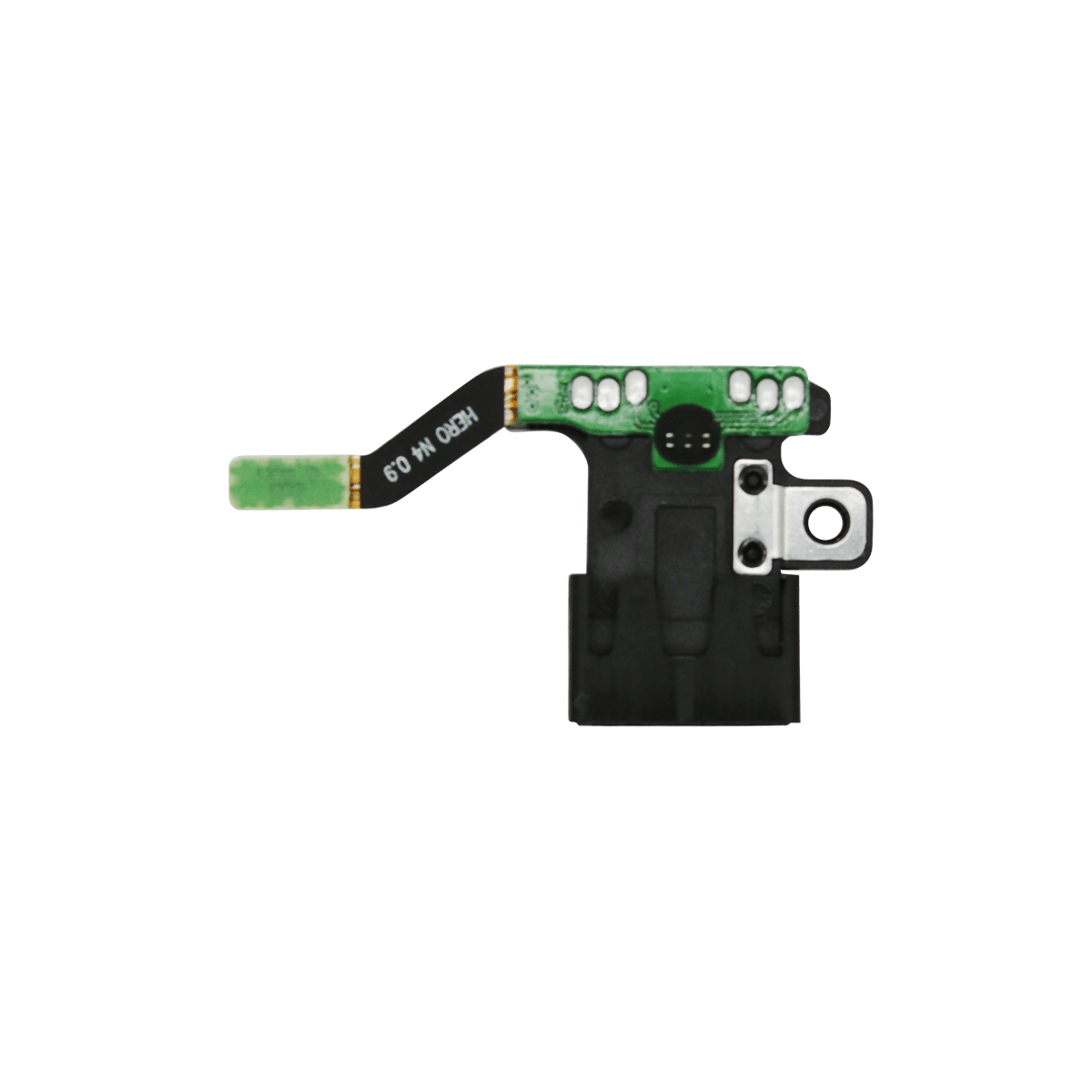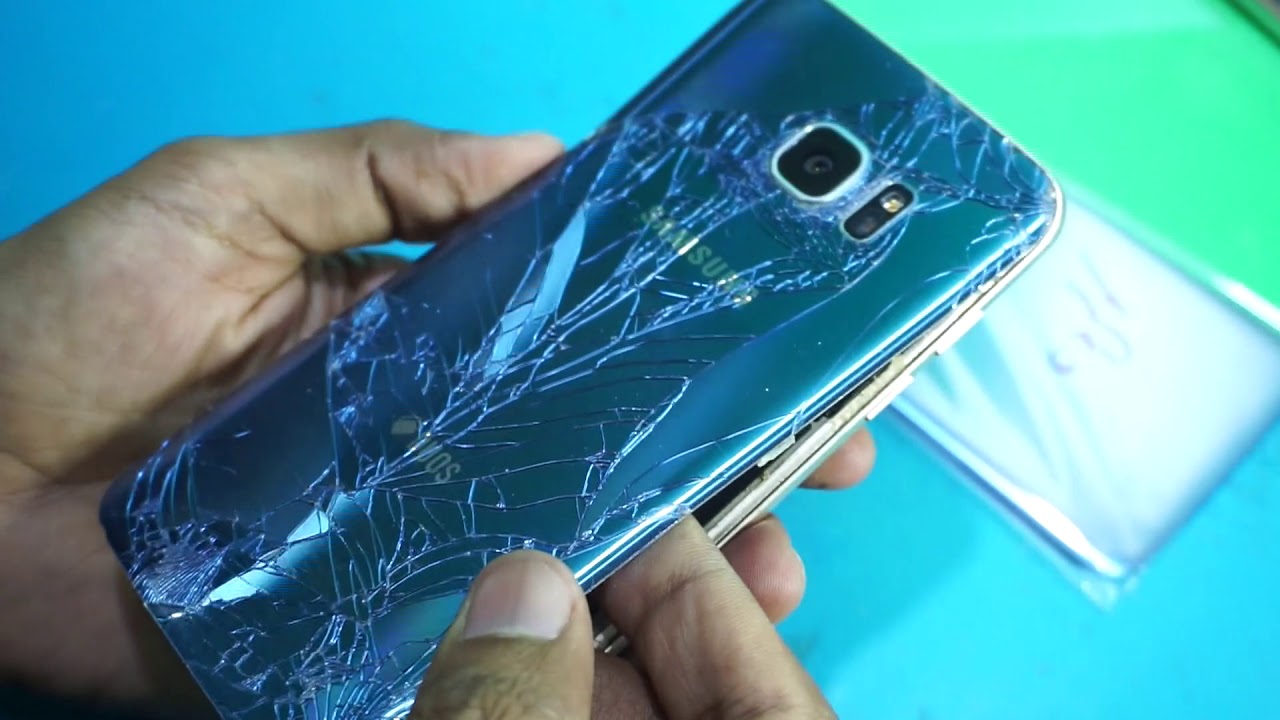DIY Guide to Replace Antennas in Galaxy S7 Edge
Duration: 15 min.
Steps: 11 Steps
In this guide, we’ll walk you through the process of removing the antennas from your Galaxy S7 Edge all by yourself! If your device took a tumble and the antennas are no longer doing their job holding things together, or if you’re facing signal issues, it’s time to roll up those sleeves. This repair is also essential if wireless charging has become a thing of the past for your device. Let’s get started!
Step 1
– First things first, let’s give your device a little break! Press and hold that power button until you see the ‘Power off’ option pop up on your screen.
– Now, give it a gentle tap with your finger to confirm that you want to shut down your Galaxy S7 Edge. Sit back and relax as the screen fades to black.
Step 2
The back cover has a slick paint job on the inside. Gently clear away any sticky residue to keep it looking sharp and avoid any scratches or cracks!
– Hey there! First things first, the back cover is stuck on there pretty good with some glue. Grab a suction cup and give it a gentle pull to start. A handy pick will help you nudge against the frame too. Pro tip: warming up your device with some hot air makes that glue come off way easier!
– Once you see a little gap forming between the back cover and the chassis, slide that pick right in! Just a heads up, the inside of the back cover has some paint, so be super careful when you’re cleaning off any leftover adhesive to keep things scratch-free.
– Now, it’s time to bring in the reinforcements! Use a few more picks to work your way around the corners, one at a time. You’ve got this!
– Finally, as soon as all that glue has been dealt with, go ahead and lift off the back cover. You’re almost there!
Tools Used
- heat gun to heat parts that are glued on so they’re easier to remove.
In most cases, you can also use a hairdryer.” rel=”noopener”>Heat gun - Flat Picks
- VAKUPLASTIC Suction Cup
Step 3
12 × 3.3 mm PH00 Phillips screws
– Let’s get those antennas free! Start by unscrewing the twelve screws that are keeping them snug and secure.
– Next up, gently peel away the yellow adhesive strip. It’s time to say goodbye to that sticky stuff!
Tools Used
Step 4
– Let’s kick things off by disconnecting the upper antenna from the enclosure. It’s snugly hooked on there, starting from the upper right corner is your best bet.
– Once you’ve got that right side loose, gently lift it up in the middle—this will help the left side pop off too. Easy peasy!
– Now, simply remove the antenna from the enclosure and you’re golden!
Step 5
– Gently wiggle the middle antenna out of its cozy home in the enclosure. Just a heads up, it’s snuggled up with the lower antenna, so give it a little love as you pull it out.
Step 6
– Gently unhook the lower antenna using tweezers on the left side – give it a little wiggle!
– Carefully lift the antenna out from its cozy spot in the enclosure. You’re doing great!
Step 7
– Position the antenna at the bottom of the enclosure.
– Gently press down on the antenna with your fingers until you hear a satisfying click as it fits snugly into place.
Step 8
– First things first, slide that antenna back into the cozy enclosure after giving it a good hook onto the lower antenna.
– Now, give the antenna a gentle press with your fingers until you hear that satisfying click as it settles perfectly in place.
Step 9
– Slide the antenna back into its cozy home. Start by placing it on the left side and then give it a gentle but firm press with your fingers.
– Listen closely! You should hear a satisfying click as the antenna locks into place.
Step 10
12 × 3,3mm PH00 Phillips-Schrauben
– Time to stick that yellow adhesive strip back on, nice and snug!
– Now, let’s connect the three antennas using those twelve screws—12 of those 3.3 mm PH00 Phillips screws will do the trick!
Step 11
– Time to put the back cover back where it belongs!
– Give the back cover a good press all over to help the glue stick. You got this!
– For an extra-strong bond, try heating your device with some hot air and then clamping it down or weighing it down with a couple of books. If you need help, you can always schedule a repair
